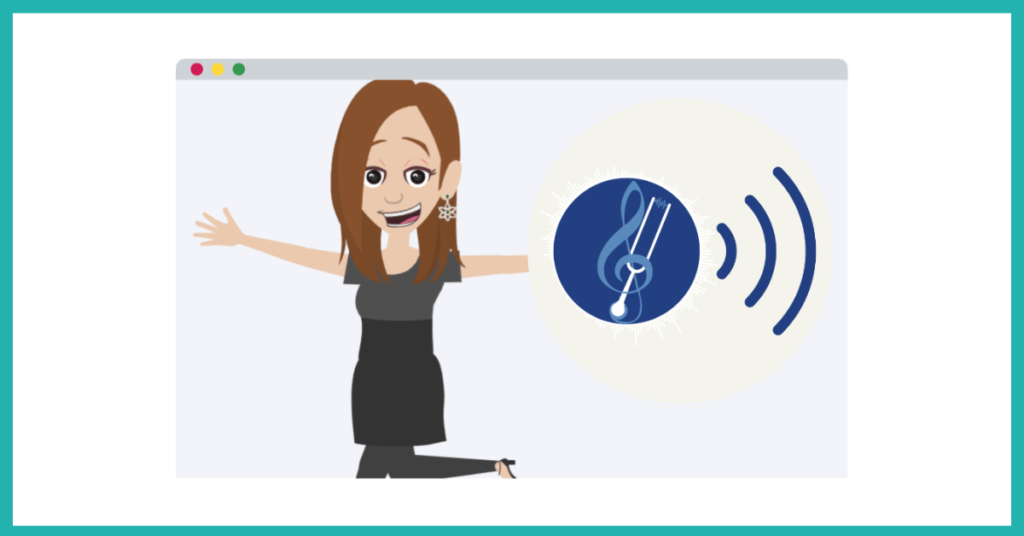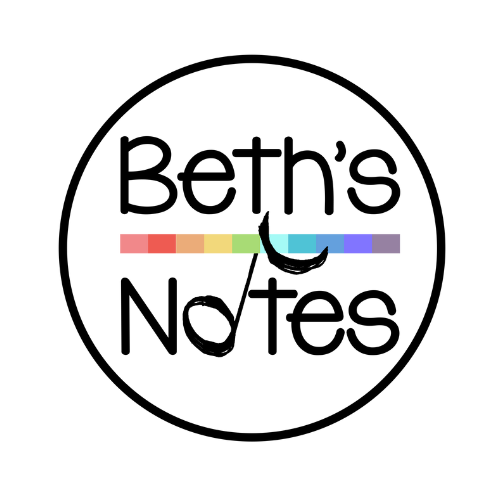
My name is Cassidy Elliott, and I have been a music educator in Texas for five years. I grew up playing piano and percussion and graduated with a degree in Music Education from Texas Lutheran University.
When I first began teaching, I planned each lesson as part of an “experience, label, and practice” unit. However, my units were not sequentially ordered. I would begin teaching a unit, only to realize that my students lacked a more foundational concept which caused confusion and disinterest for students in the music room. I used any resource I could find and was trying to find activities that were engaging for the students but struggled with how to get them past just singing a song or playing an instrument and how to get them to really understand new musical concepts.

The music teachers in my district collaborated to create virtual lessons and units. While teachers were encouraged to edit these lessons to fit their students, many followed the Kodaly questioning structure.
Although I appreciated the higher-order thinking required, I felt lost on how to guide my students to feel comfortable with that level of singing and reflection. As a result, I ended up editing many of those lessons.s.
In the summer of 2023, I enrolled in Kodaly Level One at Hays CISD. Initially, I believed that the Kodaly Concept primarily focused on singing and using solfege, which concerned me since I struggled with ear training and solfege. However, by the end of the program, I realized that the Kodaly method’s core focus was on structuring questioning, lessons, and units to engage students and help them learn new musical concepts by listening to the music they perform. This course also emphasized that my improvement as a musician would directly benefit my students. The Kodaly method completely revolutionized my teaching approach.
Since returning to school in the fall, I have utilized Sound Thinking Interactive. As a visual learner, this resource has tremendously assisted me in adhering to the questioning structure and overall lesson flow. It has also helped me maintain specific vocabulary from the Kodaly program, such as using phrases like “Let’s…” and defining rhythm names and syllables.
I follow the Sound Thinking unit structure for Kinder and First Grade using the Teaching Decks. Since Kodaly Level One primarily focuses on these grade levels, I adapt my approach for other grades to suit my students’ needs best. For my Second through Fifth graders, I carefully select units that align with their abilities and then create my slides based on the teaching decks. This way, I can implement the demanding questioning and higher-order listening and thinking skills required by the Kodaly Concept without overwhelming myself or my students with an entirely new teaching style.
So far, this approach has been successful for me. The other day, while teaching “Bobby Shaftoe” to my second graders, one student made an impressive connection and pointed out that the song uses the same notes as “Bounce High – Sol, La, and Mi.” I was amazed by this observation and took a moment to discuss solfege for both songs with the class. Witnessing these connections and their more profound understanding of the concepts elated me.
The Sound Thinking Interactive curriculum has already had a significant impact on my teaching. Despite only seeing my students once every seven school days due to our campus size, this curriculum has helped the students retain more information from lesson to lesson. I eagerly look forward to more student-made connections and their continued growth using this curriculum.


